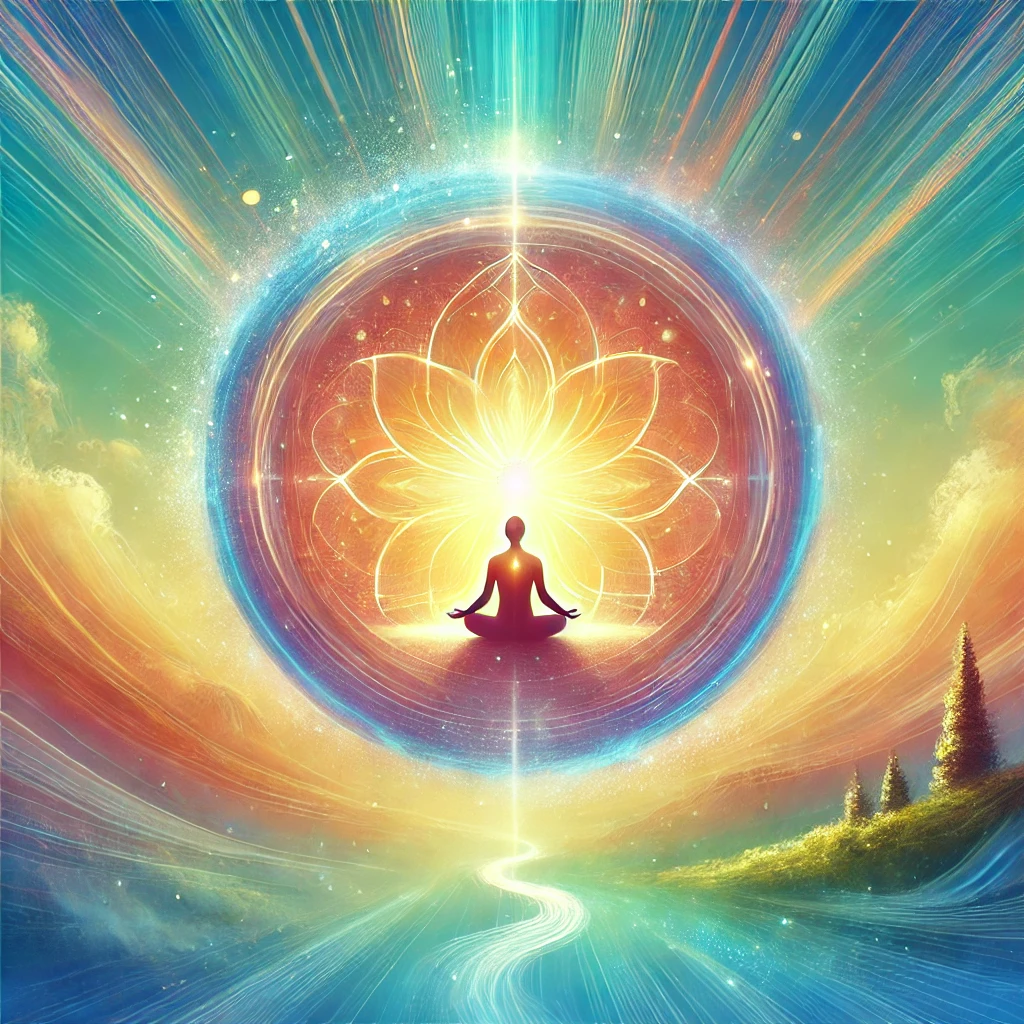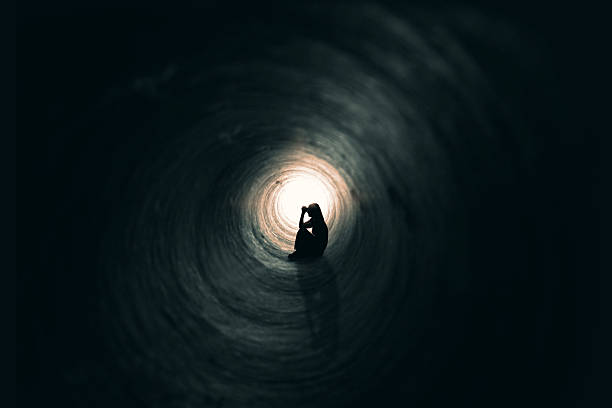How beautiful is the word "self-centered"—to be truly "established in the self." I take it…
What is Meditation – 2

After practicing meditation for a year or so, people often find themselves feeling more miserable. What is this? It seemed better earlier with smoking, drinking, on medication, and restless company. At least it was easier to forget oneself for a while. Remember the story of Sagar Manthan, before nectar comes to the surface poison does. And who drinks the poison? Lord Shiva, the god of observation. Similarly, meditation brings everything to the surface – our hidden fears, and anxieties – and demands our observation. It is indeed a painful process.
Observation is not as easy as it sounds. We are often unaware of inner conflict, and even if we are aware, we judge ourselves conceptually. In simple words, observation means tolerating ourselves without judging. This is the most difficult task in the world. Sometimes it feels like our breathe is taken away, the rhythm of our breathing is missing, no matter how hard we try to observe. Only feels that the mind is not clear. We try to stay with whatever is there inside, and not trying to forget it or replace it with good thoughts. Suddenly, it is gone out of nothing as a result of sincere meditation practice.
To observe one needs silence and to be silent observation is needed. Both are interconnected. With the help of meditation techniques and after many years of practice, the observation gets activated. A conscious awareness in the time of need. It gets into auto mode without making any efforts as a result of our tremendous efforts.
We need the help of a physical teacher who has crossed this path. The teacher motivates, acknowledges, and supports us if we are sincere in our practice.
People are often not motivated enough to practice and pursue mediation for long and they have their reasons. Sincerity happens when one has tried and tested all other possibilities and reaches a point where there is nothing left but to go inside. Once, a disciple asked the guru how much intensity is needed to practice. The guru took the man to a pond and held his head underwater. After a few minutes, the man desperately pulled his head out to breathe. The guru said, “This kind of intensity is needed.”
The path is undoubtedly difficult and painful for the first few years, but which path is not? Later, it becomes fruitful and looks like a beautiful journey.
The next challenge is to preserve the silence. Accumulating silence was difficult but preserving it is even more so. In this noisy world, sitting still, calm, and meditating for hours is often misunderstood and undervalued.
The early years are especially testing, for balance doesn’t come by staying in the middle—it comes by swinging between extremes, until one finally settles into stillness.




Ma’am, my compliments for sharing your insights in a simple manner with a contemporary outlook. I’m intrigued as to how can we can put this ‘observation’ or witness to an auto mode. Generally, our unconscious or subconscious mind is at auto pilot. Is this really possible to have a longer stretch of presence or observation?
Regards
Thank you Vinay for your sweet comment. Let us just keep practising. See you in the next practise session.